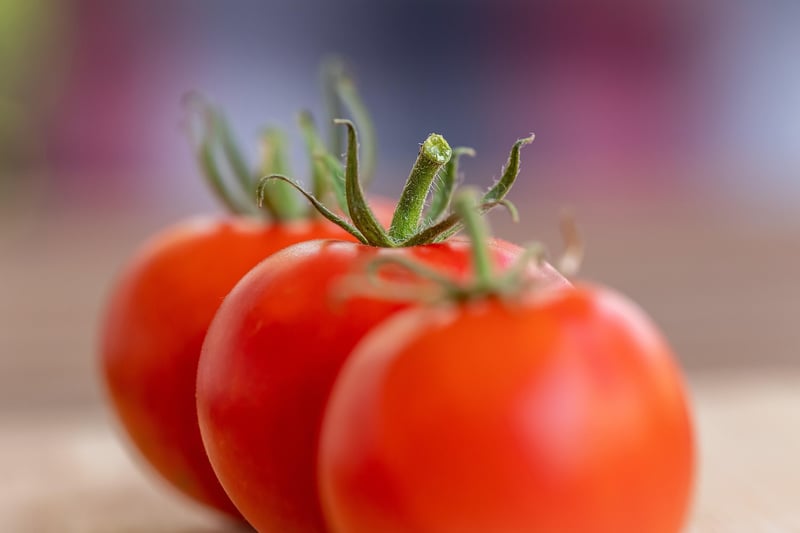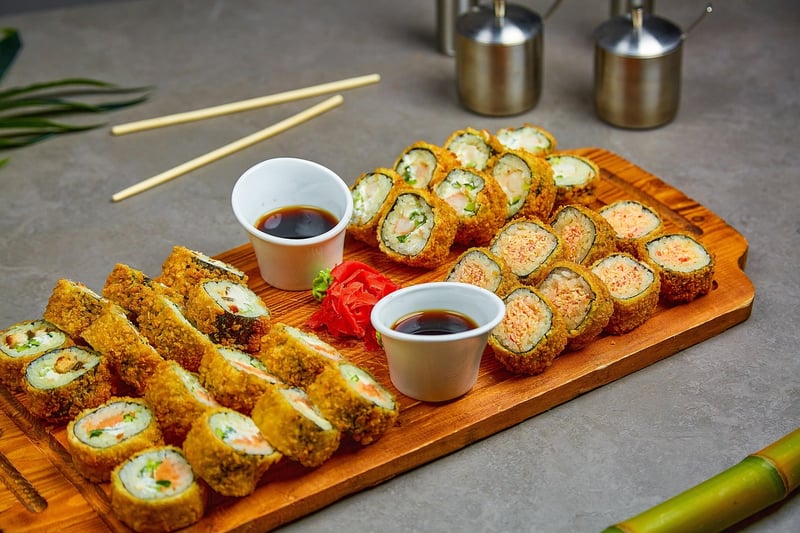Historical Influences
Exploring the Roots of Dishes: Historical Influences
Food is not just sustenance; it is a reflection of culture, history, and tradition. The dishes we enjoy today have intricate roots that stretch back through time, influenced by various historical events, migrations, and cultural exchanges. Let's delve into the rich history behind some of our favorite foods and explore the fascinating historical influences that have shaped them.
The Spice Trade: A Global Culinary Influence
One of the most significant historical influences on food is the spice trade. Spices like cinnamon, pepper, cloves, and nutmeg were once considered more valuable than gold and played a crucial role in shaping global cuisines. The spice trade introduced new flavors to different regions, leading to the fusion of culinary traditions and the creation of unique dishes.

The Silk Road: Culinary Exchange Along Ancient Trade Routes
The Silk Road, an ancient network of trade routes connecting the East and West, facilitated not only the exchange of goods but also of culinary traditions. Ingredients like noodles, tea, and spices traveled along these routes, influencing the cuisines of various regions. The Silk Road played a vital role in the spread of culinary techniques and the development of diverse dishes.

Colonialism and Food: The Legacy of Global Exploration
The era of colonialism had a profound impact on food worldwide. European explorers brought new ingredients like tomatoes, potatoes, and chili peppers to different continents, forever changing local cuisines. The exchange of crops between the Old and New Worlds led to the creation of entirely new dishes and flavor profiles, marking a significant culinary transformation.

Migration and Fusion: Culinary Diversity in Modern Times
In today's interconnected world, migration plays a key role in shaping culinary landscapes. People bring their traditional recipes and cooking techniques to new countries, resulting in culinary fusion and the birth of innovative dishes. Globalization has made it possible for food lovers to experience a rich tapestry of flavors from around the world.

By understanding the historical influences behind our favorite dishes, we gain a deeper appreciation for the flavors on our plates. Food not only nourishes our bodies but also connects us to the past, allowing us to savor the diverse heritage that enriches our culinary experiences.
